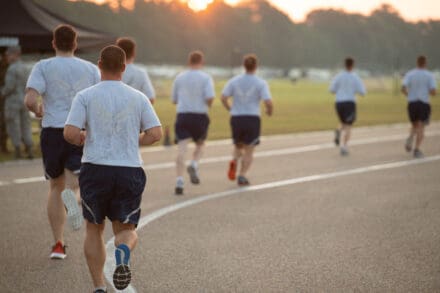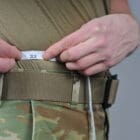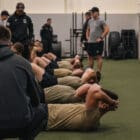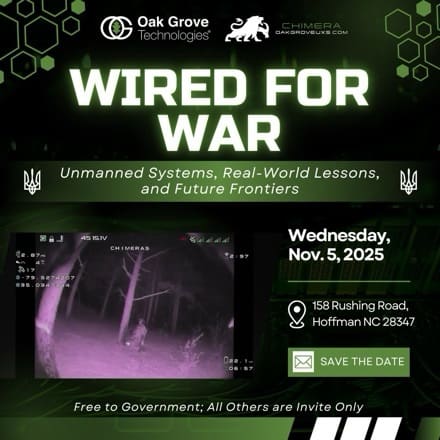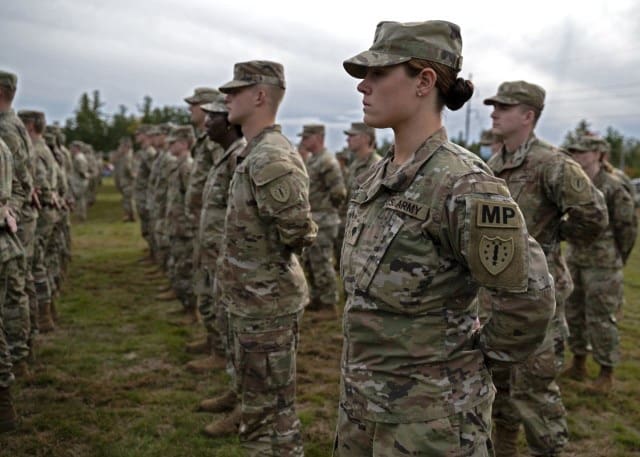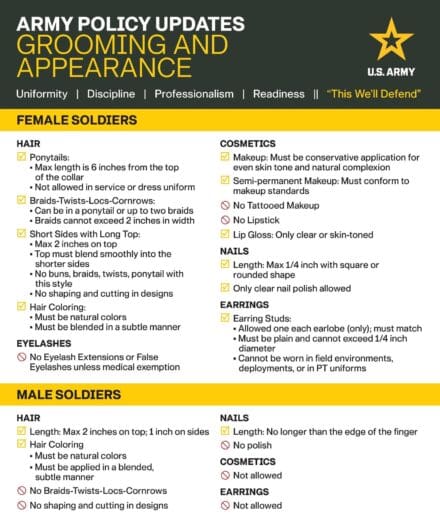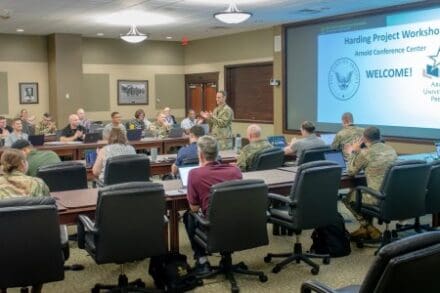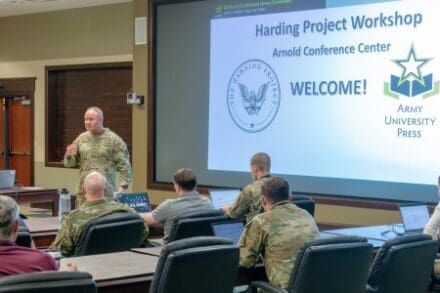ARLINGTON, Va. (AFNS) —
The U.S. Space Force released its first Space Force Manual 36-2905, Human Performance and Readiness, which establishes clear, mission-focused standards to optimize Guardian fitness and readiness.

All Guardians are now required to complete a Human Performance Assessment once a year if they are enrolled in the Continuous Fitness Assessment Personalized Readiness Integrated Through Monitoring and Engagement study and twice per year if they are not. The HPA measures muscular strength, muscular endurance and cardiorespiratory fitness on an 80-point scale. Guardians must earn a composite score of 60 or higher to be considered physically ready. One of the HPAs must include a 2-mile run.
To implement the manual, squadrons will establish Unit Fitness Cells staffed by Guardian Resilience Teams. Unit commanders and UFCs will ensure all Guardians complete an initial HPA between Jan. 1 and June 30, 2026. Physical fitness testing will not be required before Jan. 1, 2026, to allow time for UFCs to be established and Guardians to prepare.
“The Space Force human performance standards are mission-driven and tailored to the unique physical and cognitive demands of our Guardians,” said Chief of Space Operations Gen. Chance Saltzman. “The manual reflects our commitment to investing in Guardian health, resilience, and long-term performance, and ensures we’re ready to thrive and win in the most demanding operational environments.”
The manual incorporates human performance standards within the Space Force’s Holistic Health Approach, a science-based model that emphasizes Total Force Fitness across eight domains: physical, financial, spiritual, preventive care, environmental, nutritional, psychological and social. This supports the Secretary of the Air Force’s Culture of Fitness initiative and aligns with the Under Secretary of the Air Force’s efforts to enhance fitness and readiness.
“The Human Performance and Readiness Manual directly supports our commitment to emphasize the Guardian Experience and to execute our mission to deter threats and control the space domain,” said Chief Master Sgt. of the Space Force John Bentivegna. “Our ability to maintain space superiority hinges on the readiness and resilience of our Guardians, who are our most valuable advantage … our Human Weapon System. This manual equips them with the standards and resources necessary to meet the unique physical and cognitive demands of modern space warfare, ensuring they are always prepared to safeguard our nation’s interests.”
The manual retains the existing Space Force body composition program without changes.
SPFMAN 36-2905 reflects the Space Force’s commitment to developing warfighters capable of meeting the demands of modern space warfare through a technology-enabled, persistent readiness system.
View the SPFMAN 36-2905 here.
Secretary of the Air Force Public Affairs


